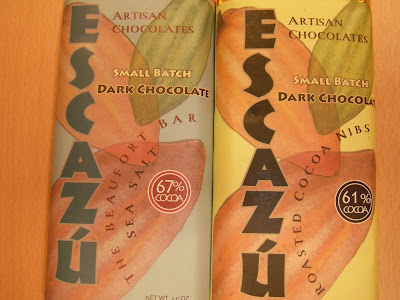
Ameyoko-cho gets its name from the period of the U.S. occupation, when this street served as the black market for imported cigarettes, meat, and other hard-to-find items that somehow got slipped out of the American markets and re-sold to the local people. "Ame" is short for America; "
yoko-cho" means side street or alley. In addition to the grocery and clothing shops, there are also little eating shops where you can get sushi, octopus dumplings, fruit-on-a-stick, and in this multicultural age, Korean pancakes and the hugely popular doner kebabs too. Under the railroad tracks and in the open squares where streets cross, there are smaller grill carts set up where vendors cook various traditional street foods.

The round cake shown at the top, just above, and in the final picture in this post, is billed as "Ameyoko-yaki," though it looks to me like the same thing they call "Osaka-yaki" in Western Japan. It's a pancake batter filled with tiny dried shrimp, shredded cabbage, red sour pickles, and a whole egg, sprinkled with powdered
nori seaweed, and cooked in circle-shaped molds in a special grill. When done, it's brushed with special sweet-salty sauce and squirted with mayonnaise.

Here's a similar street food,
tako-yaki or octopus dumplings, which has similar ingredients and is served with similar sauces, but is cooked in a ball-shaped mold. This particular
tako-yaki shop isn't on a temporary cart but has its own space in the row of awnings.

Here's another street cart offering, the extremely simple and traditional treat called
isobe-yaki. It's nothing but a plain dried cut rice cake (
kiri-mochi) grilled over charcoal, brushed with soy sauce, and wrapped in a strip of
nori, the same seaweed used for sushi rolls. But this simple combination can be transcendent, especially when the mochi is fresh-made. Over the coals, it takes on a smoky flavor that complements the salty soy sauce and nori, and the mochi, which starts out as a hard block, becomes gooey and soft inside, crisp and toasty-brown outside. It's a nostalgic taste, perfectly suited to this vibrant outdoor market out of Tokyo's past.

 Not to get too political on a food blog, but all the conspiracy theorists who think three feet of snow in DC proves that climate change is a hoax just need to come visit Tokyo. Last time I checked, cherry blossom season was in April, or late March at the earliest. Well, these photos were taken yesterday and today, February 28. Yes, they're lovely... but it's feared that if the winters get any warmer Japan will no longer have cherry blossoms at all. They need a certain period of cold weather in order to bloom. I'd feel better about enjoying them if they'd make me wait until April.
Not to get too political on a food blog, but all the conspiracy theorists who think three feet of snow in DC proves that climate change is a hoax just need to come visit Tokyo. Last time I checked, cherry blossom season was in April, or late March at the earliest. Well, these photos were taken yesterday and today, February 28. Yes, they're lovely... but it's feared that if the winters get any warmer Japan will no longer have cherry blossoms at all. They need a certain period of cold weather in order to bloom. I'd feel better about enjoying them if they'd make me wait until April. These are just the first few trees to bloom, of course - though there are buds everywhere. These last two photos (unless, of course, they're actually plum trees - it's hard to tell sometimes) are from Aoyama Cemetery, where a whole grove of sakura has burst out in pink, an incongruous wash of bright color among the graves. The whole cemetery is lined with gnarled, ancient cherry trees, none blooming quite yet. It will really be gorgeous when they do.
These are just the first few trees to bloom, of course - though there are buds everywhere. These last two photos (unless, of course, they're actually plum trees - it's hard to tell sometimes) are from Aoyama Cemetery, where a whole grove of sakura has burst out in pink, an incongruous wash of bright color among the graves. The whole cemetery is lined with gnarled, ancient cherry trees, none blooming quite yet. It will really be gorgeous when they do.
































